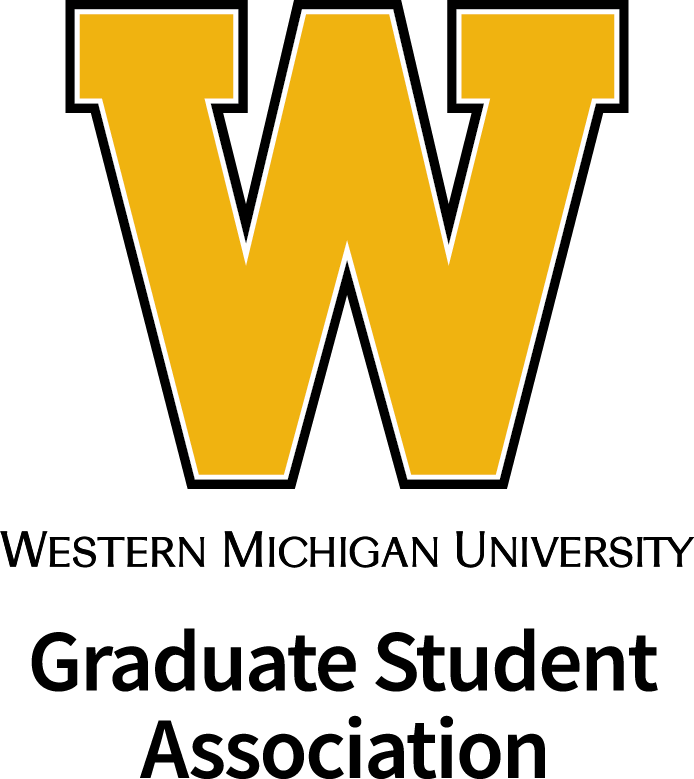Abstract
Despite the growing evidence of humanity’s impact on the natural world and the urgent need to shape citizens who understand the impact that their choices and actions have on their local and global environments, colleges and universities throughout the United States have been slow to add environmental education as a core component of their undergraduate curricula. Harnessing our shared interest in environment issues and the humanities, we designed and taught an experimental course in environmental literature for the honors program at Western Michigan University that we hope will become a template of what is possible in postsecondary environmental education. Using a dynamic blend of art, activism, and twenty-first-century technologies, as well as a cadre of expert guest speakers and field trips outside of the classroom, we encouraged our students to consider the natural world and their place in it via activities that we hope will continue to influence their attitudes and actions for years to come. Our essay provides an overview of the texts, activities, and pedagogies we employed, as well as insights into the rewards and challenges of executing a course with an agenda that is both vital and timely.
Erratum
Due to editorial error, the article titled “Advocating for Mother Earth in the Undergraduate Classroom: Uniting Twenty-First Century Technologies, Local Resources, Art, and Activism to Explore Our Place in Nature” was printed incorrectly in this issue of The Hilltop Review. The text printed under that title was actually an article titled “The Problem of Nomological Impossibility for Epistemic Structural Realism,” by Patrick Manzanares, and can be found in the spring 2015 issue of The Hilltop Review. The corrected text of “Advocating for Mother Earth in the Undergraduate Classroom: Uniting Twenty-First Century Technologies, Local Resources, Art, and Activism to Explore Our Place in Nature,” by Christina Triezenberg and Ilse Schweitzer Van Donkelaar, is printed below, and will also be reprinted in the spring 2016 issue of The Hilltop Review.
Recommended Citation
Triezenberg, Christina Ph.D. and Schweitzer VanDonkelaar, Ilse A.
(2015)
"Advocating for Mother Earth in the Undergraduate Classroom: Uniting Twenty-First Century Technologies, Local Resources, Art, and Activism to Explore Our Place in Nature,"
The Hilltop Review: Vol. 8:
Iss.
1, Article 10.
Available at:
https://scholarworks.wmich.edu/hilltopreview/vol8/iss1/10
Included in
Environmental Education Commons, Other English Language and Literature Commons, Social and Philosophical Foundations of Education Commons

